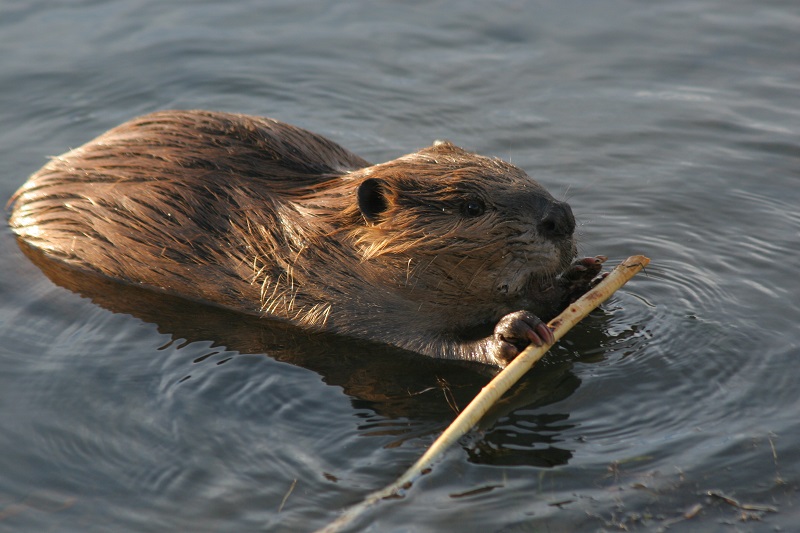
Introduction: Beavers are industrious animals known for their ability to create dams and construct lodges. However, their behavior can cause significant damage to property, particularly to trees, landscaping, and waterways. Beavers can cause flooding, erosion, and damage to structures, leading to costly repairs for property owners. Preventing beavers from causing damage is crucial to maintaining your property’s value and functionality. This comprehensive guide aims to provide a detailed description of preventive measures and strategies to keep beavers away from your property.
Understanding Beaver Behavior: Beavers are herbivorous animals that live in water and construct dams and lodges as their homes. They are known for their sharp teeth and powerful jaw muscles that enable them to chew and cut down trees for building materials and food. Beavers are primarily active at night and can cause extensive damage to trees and other vegetation, leading to deforestation and erosion. They also use dams to control water flow, which can cause flooding and damage to structures near waterways.

Preventive Measures: Preventing beavers from causing damage requires a combination of approaches, including physical barriers, habitat modification, and repellents. The following are some preventive measures that can be implemented to keep beavers away from your property:
- Physical Barriers: Physical barriers are an effective preventive measure to keep beavers away from your property. These barriers can include wire mesh fencing, electric fencing, or other materials that beavers cannot easily chew through. However, physical barriers can be costly and may not be practical in all situations, especially in areas with large bodies of water.
- Habitat Modification: Habitat modification involves altering the environment to make it less attractive to beavers. This can include removing trees or vegetation that beavers are likely to feed on, altering water flow patterns, or creating alternative habitats for beavers to live. For example, installing a beaver pond deceiver or a culvert can help redirect water flow, preventing beavers from building dams in unwanted areas.
- Repellents: Repellents are another preventive measure that can help keep beavers away from your property. These repellents can be natural or chemical-based and can be applied to vegetation or structures that beavers are likely to target. Natural repellents include predator urine or hot pepper spray, while chemical-based repellents contain active ingredients like castor oil or ammonia that are unpleasant to beavers.
- Trapping and Removal: Trapping and removal are effective if beavers have already caused significant damage to your property. Trapping requires a permit and should be done by a professional, as it can be dangerous and may cause harm to the beaver. Once trapped, beavers should be relocated to a suitable habitat away from human populations.
- Legal Measures: In some cases, legal measures may be necessary to prevent beaver damage to property. These measures can include obtaining permits for physical barriers or removal, implementing regulations for beaver management, or seeking legal action against beaver damage to public or private property.

Preventing beavers from damaging your property requires a combination of approaches, including physical barriers, habitat modification, repellents, trapping, and legal measures. It is essential to consider the practicality and effectiveness of each approach and to consult with professionals, such as wildlife biologists or pest control specialists, for guidance. Additionally, it is crucial to maintain a safe and healthy environment for both humans and beavers, promoting coexistence and responsible management of natural resources. By implementing preventive measures and adopting responsible management practices, property owners can reduce the risk of beaver damage and enjoy a beautiful and functional property.